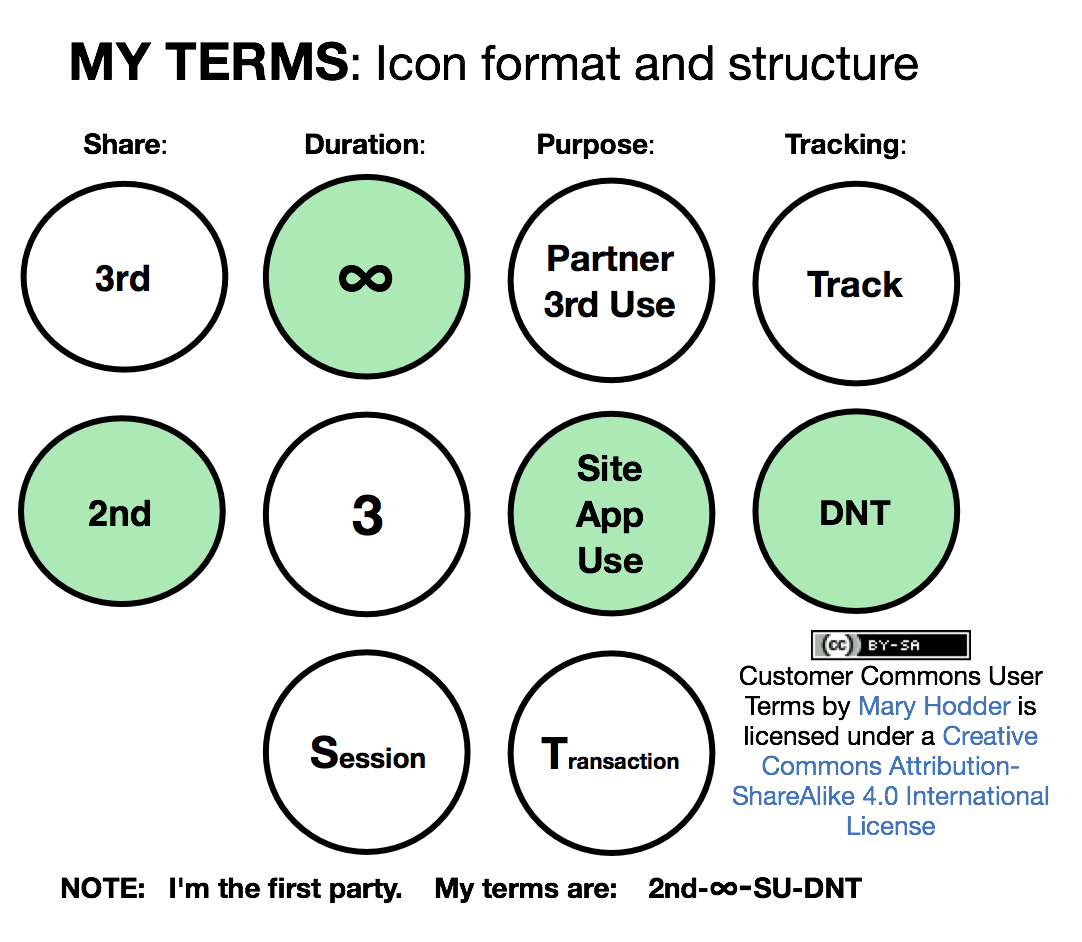The Only Way Customers Come First
— is by proffering terms of their own.
That’s what will happen when sites and services click “accept” to your terms, rather than the reverse.
The role you play here is what lawyers call the first party. Sites and services that agree to your terms are second parties.
As a first party, you get scale across all the sites and services that agree to your terms:

This the exact reverse of what we’ve had in mass markets ever since industry won the industrial revolution. But we can get that scale now, because we have the Internet, which was designed to support it. (Details here and here.)
And now is the time, for two reasons:
- We can make our leadership pay off for sites and services; and
- Agreeing with us can make sites and services compliant with tough new privacy laws.
Our first example is P2B1(beta), which might best be called #NoProfiling:

With #NoProfiling, we proffer a term that says—

This does a bunch of good things for advertising supported sites:
- It relieves them of the need to track us like animals everywhere we go, and harvest personal data we’d rather not give anybody without our permission.
- Because of #1, it gives them compliance with the EU’s General Data Protection Regulation (aka GDPR), which allows fines of “up to 10,000,000 EUR or up to 2% of the annual worldwide turnover of the preceding financial year in case of an enterprise, whichever is greater (Article 83, Paragraph 4),” or “a fine up to 20,000,000 EUR or up to 4% of the annual worldwide turnover of the preceding financial year in case of an enterprise, whichever is greater (Article 83, Paragraph 5 & 6).”
- It provides simple and straightforward “brand safety” directly from human beings, rather than relying on an industry granfalloon to do the same.
- It lets good publishers sell advertising to brands that want to sponsor journalism rather than chase eyeballs to the cheapest, shittiest sites.
- It provides a valuable economic signal from demand to supply in the open marketplace.
We’ll have other terms. As with #NoProfiling, those will also align incentives.













